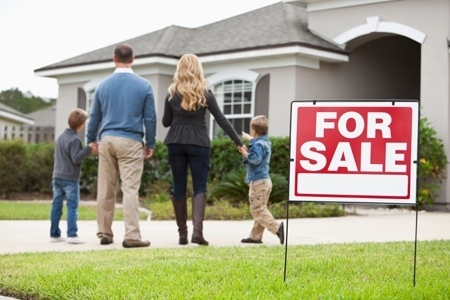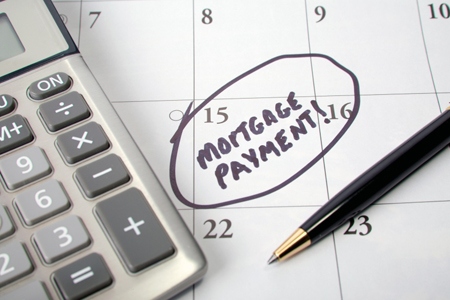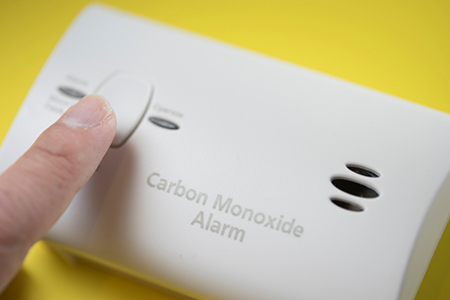
Throwing on a new coat of paint inside and out can be a good start to preparing a home for sale, but there are plenty of other things home sellers can do to get their home ready to go on the market and get the best price possible for it.
Here are five things to do to help sell your house:
1. De-clutter and de-personalize. Buyers want to imagine your home as their home. That’s hard to do when your photos, knicknacks and even kitchen appliances are taking up countertop space or any other flat surface. Put away everything you can, including family photos, vacation souvenirs, religious items, stacks of CDs and as many personal items as possible.
2. Stage it. If your home is empty or your furniture isn’t in excellent condition, then stage your home by hiring a professional. This helps showcase your home in its best possible light.
3. Landscaping: Staging a home’s exterior can also help. This can include planting flowers, and painting or renting outdoor furniture for an open house. Make your back yard look like an inviting place for a Sunday brunch, and you just might attract more buyers.
4. Invite the neighbors over. As most real estate agents will tell you, some of the first visitors at an open house are neighbors looking for design ideas for their own homes. Or maybe they’re just nosy. Either way, it’s worthwhile to hold an early open house for neighbors only and turn it into a party with drinks and appetizers so they can spread the word about what a great deal your house is to house hunters they know. If nothing else, the early event might keep them out of your real estate agent’s hair when real buyers come over.
5. Post a video tour. Use your phone’s video to record a short walk-through of your home and post it on your Facebook page. Show the inside and outside of the home, and tell a few tales of what you love about the house. Your real estate agent can also hire a professional to shoot a video to place on the listing’s website.
There are plenty of other tactics you can employ to sell your home fast. One of the best strategies, however, is to hire a great real estate agent who has a track record of successfully selling homes in your area. They’re likely to have some excellent advice on how to move your home quickly for the best possible price.
Aaron Crowe is a freelance journalist who specializes in personal finance topics.





